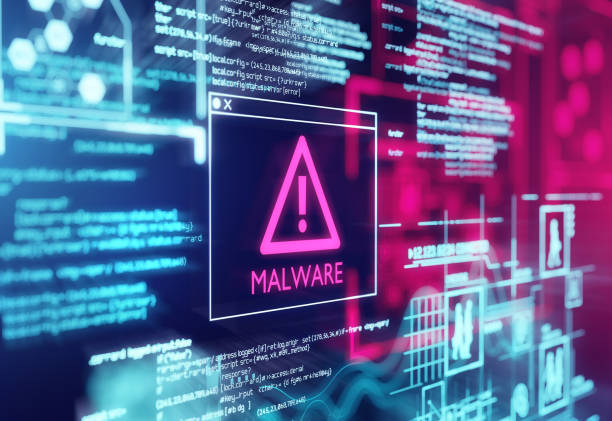
In today’s digital environment, cyber threats are relentless—and they don’t keep office hours. Attackers increasingly launch their campaigns during nights, weekends, and holidays, knowing that many businesses lack real-time monitoring outside of standard work schedules. Without continuous visibility and rapid response capabilities, these after-hours attacks often go undetected until the damage is done. This article explores why 24/7 cybersecurity monitoring is no longer optional, especially for small and mid-sized businesses, and how combining automation with human expertise ensures threats are detected and contained—no matter when they strike.
Why 24/7 Cybersecurity Monitoring Is Essential for Modern Businesses
Cyberattacks don’t follow a 9-to-5 schedule. In fact, they often strike when businesses are least prepared—late at night, over the weekend, or during holidays. Without around-the-clock monitoring, these attacks can go unnoticed for hours or even days, giving threat actors a critical window to encrypt data, steal sensitive information, and cause irreversible damage.
After-Hours Attacks: A Known Weakness
When a cyberattack begins at 2 AM on a Sunday, many businesses are completely exposed. Logs go unchecked, alerts are missed, and containment protocols are never triggered. The attacker is free to operate for 6–8 uninterrupted hours—more than enough time to compromise an entire network.
A common scenario: Monday morning arrives, and employees log in only to discover blank desktops, inaccessible systems, and ransom notes. The breach didn’t happen that morning—it began days earlier, often from a simple phishing email clicked late Friday afternoon.
Without 24/7 monitoring in place, businesses don’t just miss the attack—they miss the critical window where it could have been stopped.
Why Weekend Attacks Succeed
Threat actors intentionally target off-hours because they understand how security operations work in most small and medium-sized businesses (SMBs):
-
IT support is limited to business hours
-
No security operations center (SOC) is actively monitoring
-
No automated detection or response systems are deployed
-
Backups are often stored on the same compromised network
This creates a predictable vulnerability—one attackers consistently exploit.
By contrast, organizations equipped with modern Extended Detection and Response (XDR) solutions and 24/7 SOC support can detect lateral movement in real time, isolate infected devices automatically, and escalate responses without delay.
Beyond Detection: The Art of Discernment
Detecting potential threats is only the first step. The real value lies in discerning whether that activity is a genuine threat or benign system behavior. Effective monitoring involves:
-
Correlation of Events – Analysts examine multiple signals in context: unusual PowerShell usage combined with registry changes, lateral movement, and strange login patterns.
-
Asset Awareness – What should this device be doing? A front desk computer running admin-level scripts or initiating remote access should raise red flags.
-
Behavioral Analysis – Rather than relying solely on known threat signatures, human analysts evaluate anomalies in behavior, such as simultaneous access to a shared drive by multiple endpoints at 2 AM.
-
Timeline Building – Analysts reconstruct what happened before, during, and after the suspicious activity. This helps uncover command-and-control traffic or the initial breach vector.
-
Risk-Based Response – Based on the analysis, appropriate action is taken: isolating a device, alerting the client, or monitoring further for escalation.
The Human + AI Hybrid Advantage
Artificial intelligence plays a crucial role in handling the volume and speed of threat detection, but human expertise is essential for interpreting context and making judgment calls.
-
AI handles pattern recognition, real-time alerting, and automation.
-
Human analysts understand business logic, assess impact, and prevent false positives.
Together, they create a defense mechanism that responds faster, smarter, and more effectively.
The SMB Cybersecurity Gap
Small and mid-sized businesses often lack the resources to run full-time internal security teams. They rely on basic antivirus tools and business-hours IT support, leaving them vulnerable when it matters most.
However, modern cybersecurity doesn’t require enterprise budgets. Today’s 24/7 monitoring solutions are designed to:
-
Scale with business size
-
Integrate into existing infrastructure
-
Provide cost-effective protection through managed services
Building a Resilient Security Posture
An effective 24/7 cybersecurity strategy relies on three critical components:
-
Full Visibility – Across all endpoints, network traffic, cloud services, and connected devices
-
Automated Responses – Immediate containment actions like isolating infected systems or stopping malicious processes
-
Human Expertise – To investigate, assess, and respond with precision and relevance
This combination prevents missed opportunities to stop an attack early and ensures protection isn’t dependent on someone being in the office.
Reducing Alert Fatigue While Improving Response
XDR systems provide visibility. Human analysts provide relevance.
Without proper analysis, businesses either ignore real threats or drown in false alarms. The right monitoring solution filters noise, detects actual threats, and ensures nothing critical slips through the cracks—day or night.
Eliminate Off-Hour Vulnerabilities
Cybercriminals know when you’re most vulnerable—and they act accordingly. Businesses that implement 24/7 intelligent monitoring close those time-based gaps and drastically reduce the likelihood of extended breaches.
Your cybersecurity is only as strong as your weakest hour. Make sure that hour isn’t 2 AM on a Sunday.
